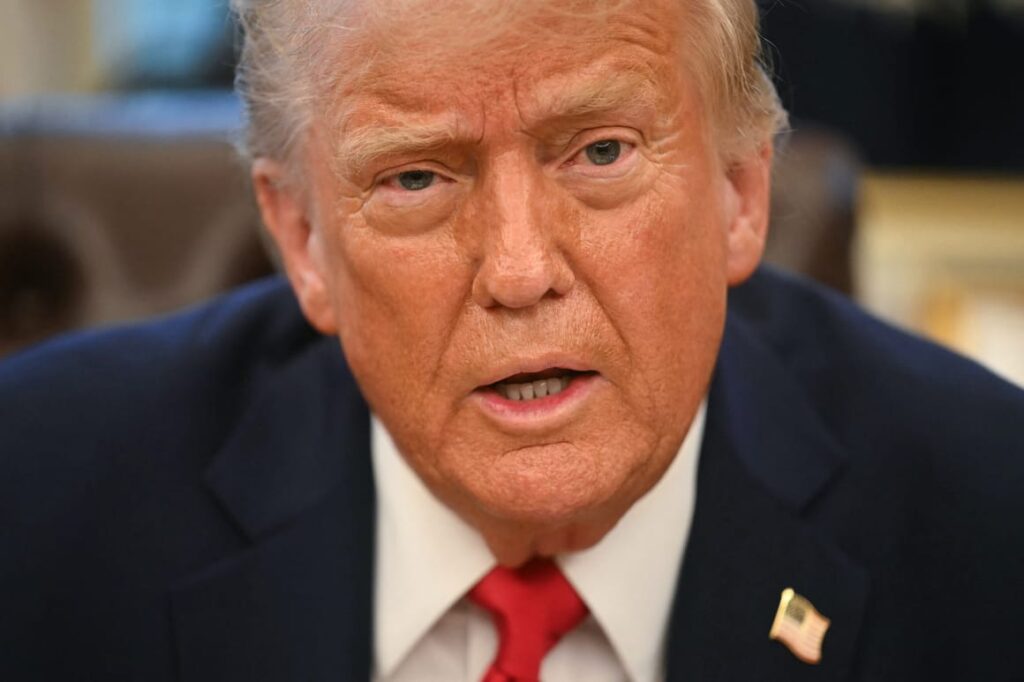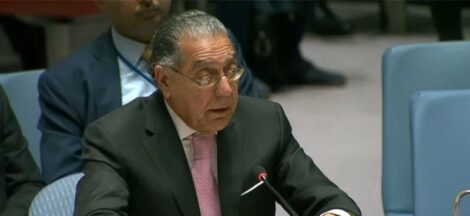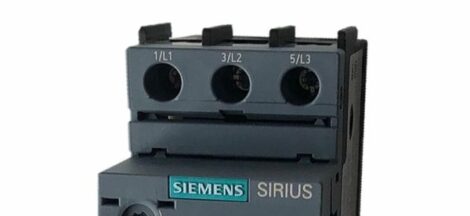India is intensifying negotiations with the United States to secure a partial bilateral trade agreement within a rapidly closing 90-day window, following the U.S. administration’s recent imposition of a 10% baseline tariff on imports, with higher rates for select countries. New Delhi’s proactive approach aims to bolster trade relations and safeguard domestic industries from potential economic repercussions.
The urgency stems from President Donald Trump’s announcement of sweeping tariffs affecting numerous trading partners, including India. While the U.S. has levied a 26% tariff on Indian imports, Indian officials have indicated that retaliatory measures are not currently planned. Instead, the focus remains on advancing negotiations for a comprehensive trade deal.
In February, during Prime Minister Narendra Modi’s visit to Washington, both nations committed to more than doubling bilateral trade to $500 billion by 2030. They also agreed to negotiate the first phase of a mutually beneficial, multi-sector BTA by the fall of 2025. Commerce and Industry Minister Piyush Goyal highlighted that this announcement has boosted business confidence in both countries, emphasizing the potential to strengthen economic ties by leveraging competitive strengths.
The proposed BTA aims to enhance market access, reduce tariff and non-tariff barriers, and deepen supply chain integration between the two economies. Discussions are expected to address various sectors, including industrial goods, agriculture, and services. The Indian government has expressed its commitment to finalizing the broad contours of the agreement in the coming weeks.
Despite the imposition of additional duties on steel and aluminum imports by the U.S., which have affected multiple countries without exemptions, India continues to engage with the U.S. to achieve an enhancement and broadening of bilateral trade ties in a mutually beneficial and fair manner.




 Tahawwur Rana Extradited to India to Face 26/11 Charges
Tahawwur Rana Extradited to India to Face 26/11 Charges 